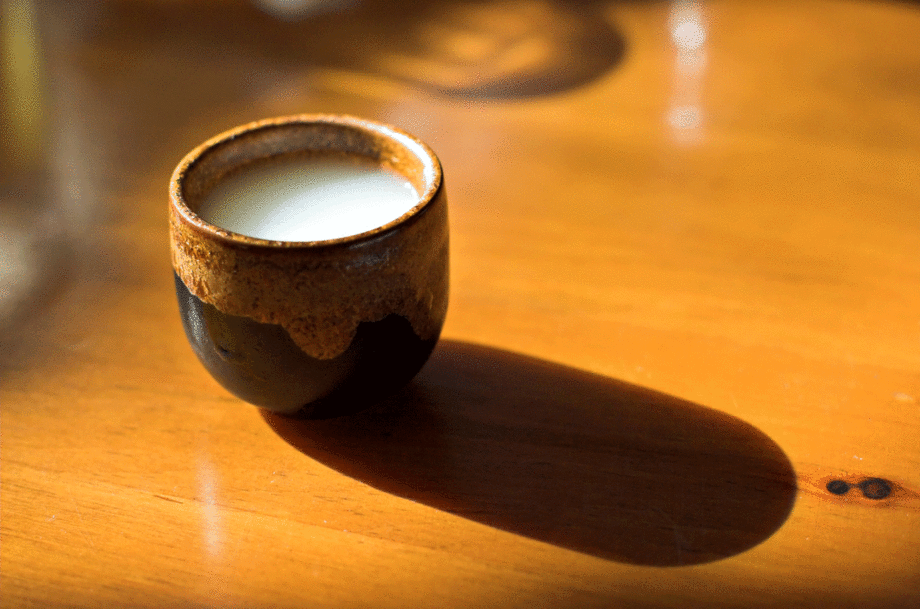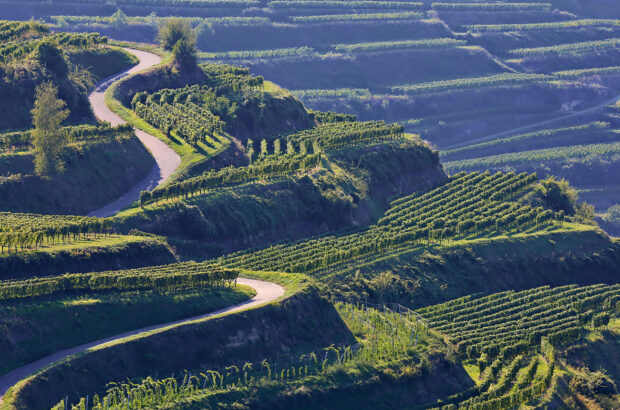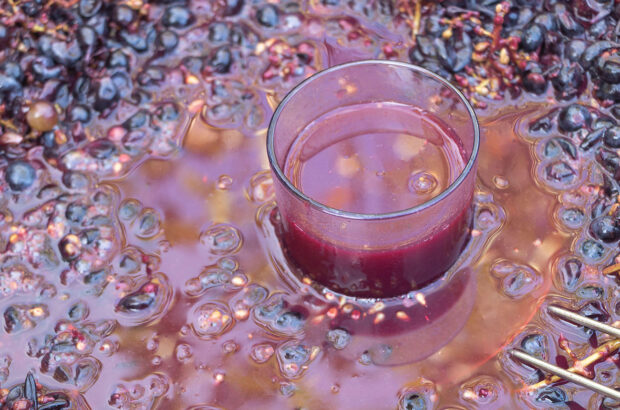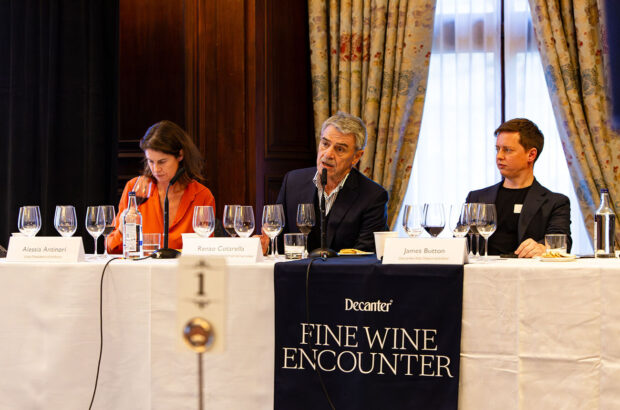Prior to the American Civil War, rice fields were largely tended by enslaved labour, holding a deep-rooted significance for the crop in the region. These days, rice is a major player in migrant and Black food in the South, with Arkansas being the rice capital of the US.
In the beverage world, rice is turning yet another page. This time, it’s a significant cash crop in fermentation. Not sushi rice or stir-fry rice, but sake rice — the kind grown in vast, flat fields by multi-generational farmers in the Mississippi Delta — is being turned into some of the most promising new sake in the country.
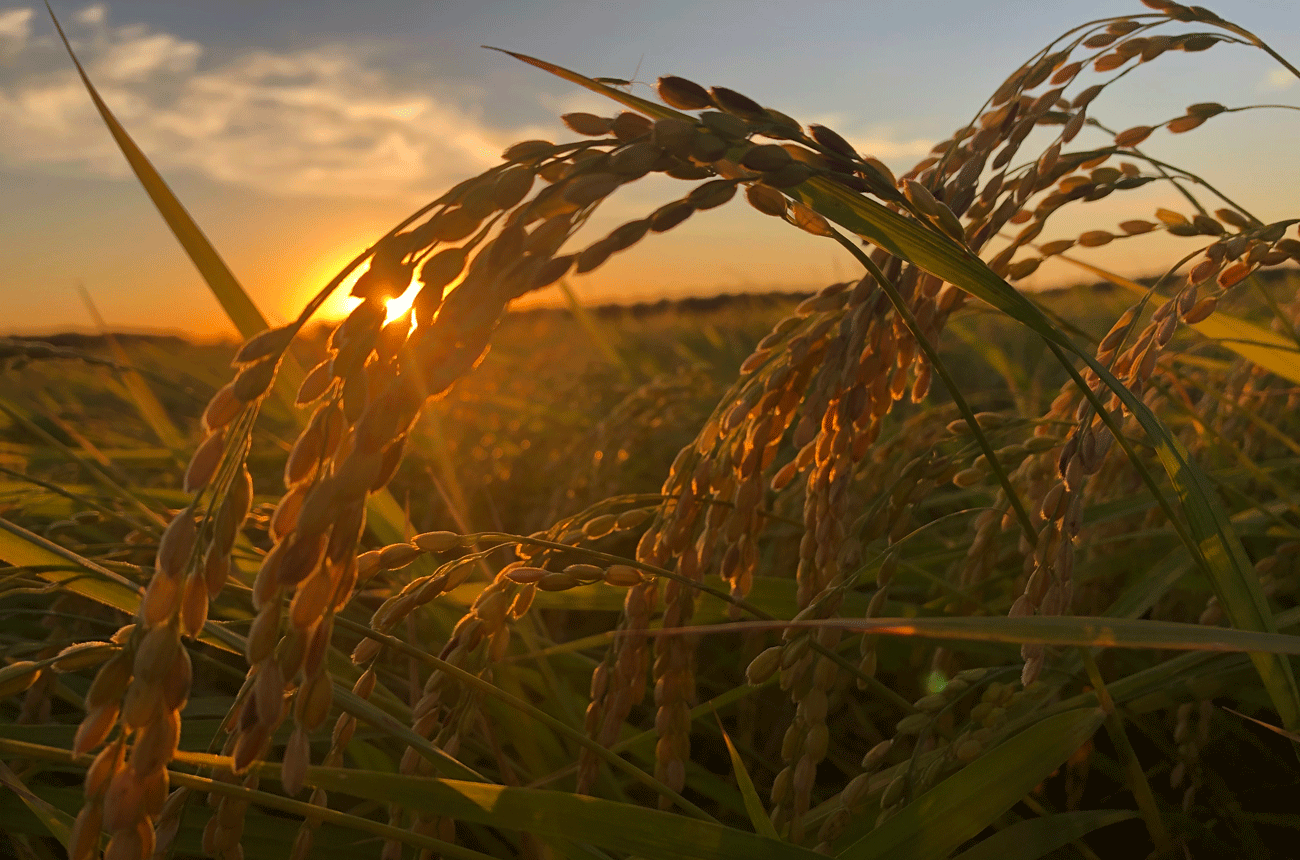
Arkansas rice fields. Credit: Origami Sake.
Don’t miss the ultimate wine experience – book your tickets now for the Decanter Fine Wine Encounter London 2025
Sake in the American South
Ben Bell, founder of Origami Sake in Arkansas, still remembers the first time he brought a bottle of sake home. He was working retail at a wine and spirits shop in Little Rock. ‘It looked like white wine, so I chilled it and poured it into a wine glass,’ he says. ‘Then I tasted it… and was floored. It had this fruitiness, finesse and craftsmanship I didn’t expect. I had to know more.’
Bell moved to Japan, learning how to make sake at Nanbu Bijin, later earning advanced certifications from the Sake Education Council, and working as an importer for Skurnik in New York. But Arkansas kept calling.
‘We’re the rice state,’ he says. ‘Why not make sake here?’
Origami Sake opened in 2022, housed in a sleek Hot Springs facility, not far from Isbell Farms, which quietly grows Yamada Nishiki, the most prized rice for sake production. (Only one other farm in California does this in the US.)
‘Arkansas grows more rice than any other state. And not just any rice, it’s world-class rice,’ he says. At Origami, they work with local farms to use Omachi, Somai and Yamada Nishiki rice.
The water for brewing comes from the Ouachita Mountain aquifer and is naturally filtered, low in sodium and iron, and has a suitable pH for sake production. Hot Springs has been a sister city to Hanamaki, Japan, another onsen-rich town, since 1993.
Origami’s Angelfish single-origin Junmai Daiginjo is a lovely, fruit-forward sake with ample body. Bell recommends pairing it with steak, crawfish or tacos. ‘I want people to go to a Southern restaurant and see a sake list,’ he says. ‘I want Arkansans to say, rice is our thing.’
Rice has fuelled the Southern economy throughout history, and now it’s quickly becoming a cash crop for fermentation, lending not only to sake, but also gin (Wonderbird in Mississippi), soju and Makgeolli (Minhwa Spirits in Atlanta), and whiskey (Bluffton Whiskey made with Carolina Gold rice in Tennessee).
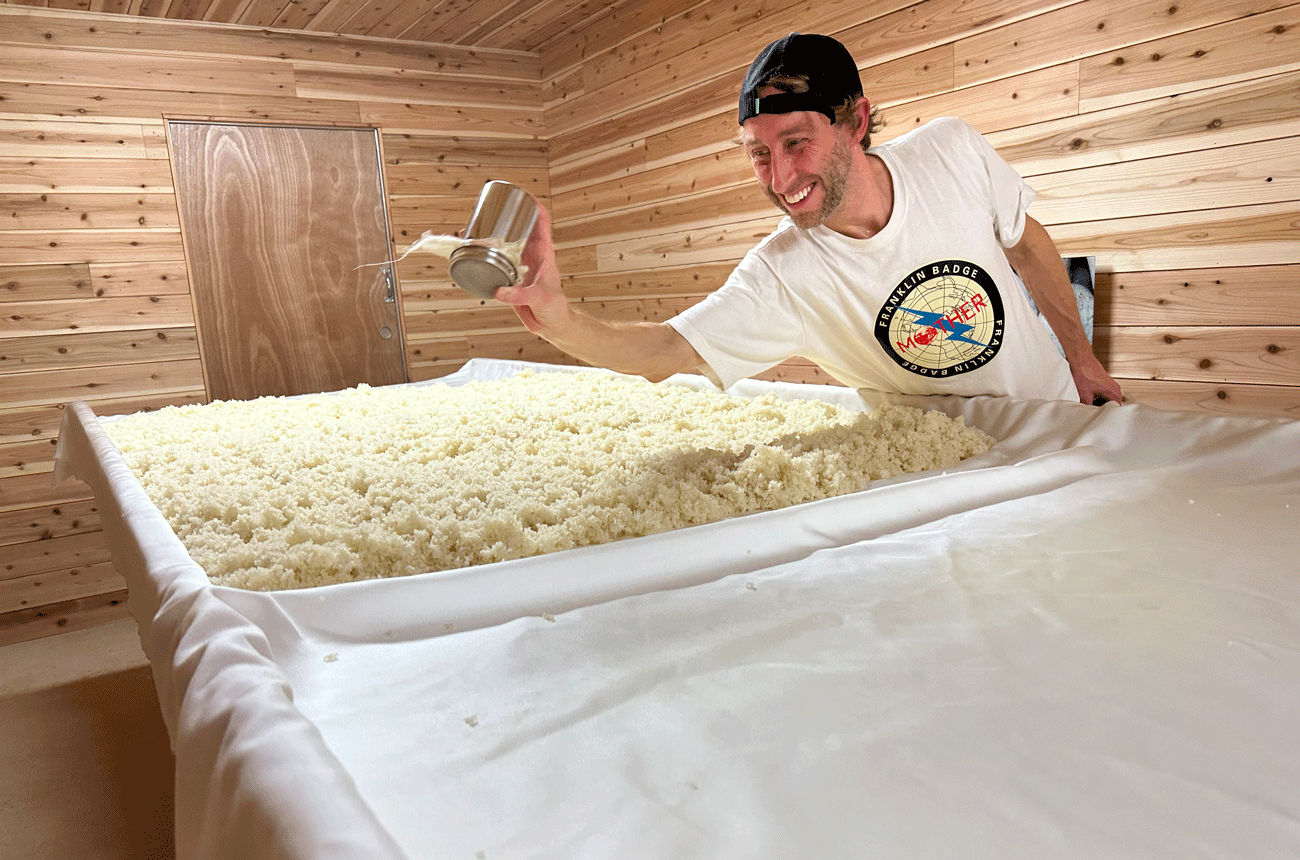
Credit: Origami Sake.
Is it even sake?
The question comes up a lot.
In 2015, Japan designated ‘Japanese sake’ or nihonshu, as a Geographical Indication, meaning that only sake made in Japan with Japanese rice and water can wear the label. However, sake made elsewhere can simply be called ‘sake’ and style labels such as Junmai, Junmai Daiginjo etc. can be applied.
At Bin Bin Sake, a small sake boutique tucked into a Brooklyn strip of design-y shops and small eateries, co-founder George Padilla sees a new kind of customer walk in every week.
‘So often customers begin with them saying, “Sorry, I don’t know anything about sake,”’ he says. ‘I’d say that hardly anyone really knows much about sake, and why should they? Very few of us in the US grew up with sake or have had many opportunities to learn about it. The education really begins with an intention to connect the dots by tasting, tasting, tasting.’
Padilla carries domestic sake brands like Brooklyn Kura, Kato Sake Works and Dassai Blue, a bold American outpost from one of Japan’s most revered breweries. ‘I really think of these Brooklyn-based sake breweries as having their own distinctive style but are still all undeniably recognisable as sake,’ he says.
Brooklyn Kura uses California-grown rice and Catskill Mountains water, fermented in small batches right in the city. The resulting sake is crisp and floral, with a rounded texture. Padilla sees an emerging category, one that mirrors the growth of natural wine or craft beer.
‘I have noticed wine professionals enthusiastically placing sake on menus at non-Japanese restaurants. The future of sake is here,’ he says. ‘But [consumers] are not ordering it enough yet.’
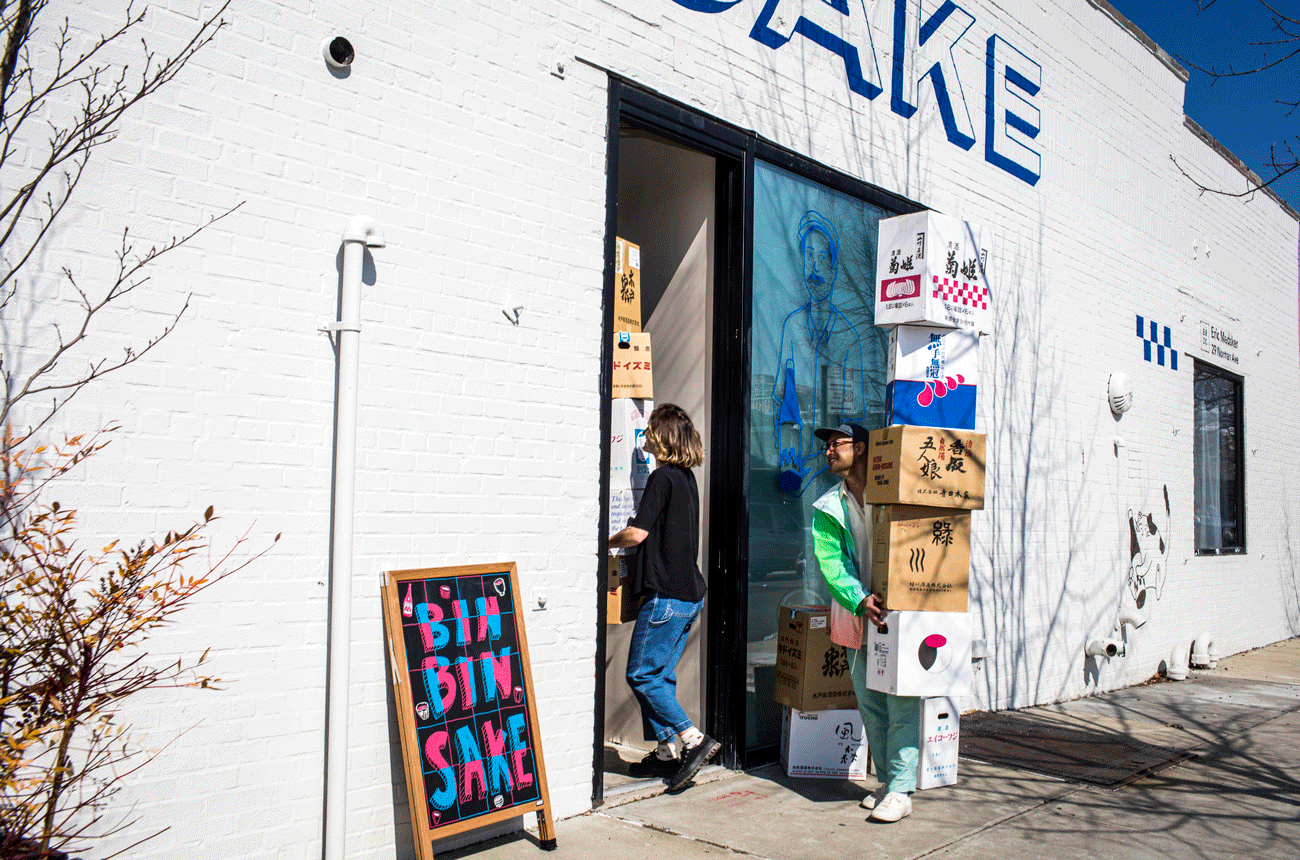
Brooklyn’s Bin Bin Sake. Credit: Eric Medsker.
The Napa parallel
It may seem surprising now, but there was a time when Napa Valley was just farmland and grapes, not a shorthand for wine prestige.
Bell sees sake in a similar moment. ‘No one knew Napa. They had to build that reputation from nothing,’ he says. ‘That’s where American sake is right now.’
Eric Crane, training director at Empire Distributors, agrees. ‘Sake has been a darling of the sommelier community for a while now,’ he says. ‘But only recently has it started showing up in retail and restaurants that aren’t Japanese. People are finally drinking sake.’
He points to the pandemic as a turning point, when curious home drinkers started exploring beyond wine and cocktails. ‘Americans know the “greatest hits” of sake knowledge from their exposure in restaurants and retail. There is still a lot we need to do as an industry to better inform consumers.’
It’s no secret that Americans are having a love affair with all things Japanese: You can chalk part of it up to tourism. Americans are visiting Japan in droves, and they’re bringing the taste home, like edible souvenirs. The surge of Michelin-star omakase counters, H Mart, anime, Studio Ghibli, and shows like Shōgun have made Japanese culture more mainstream — and with it, sake.
That’s where education and access come in. ‘Organisations like WSET now offer sake programs,’ Crane notes. And in Brooklyn, Brooklyn Kura’s Timothy Sullivan runs the Sake Studies Center, offering classes that feel more like wine tastings and less like Chemistry 101.
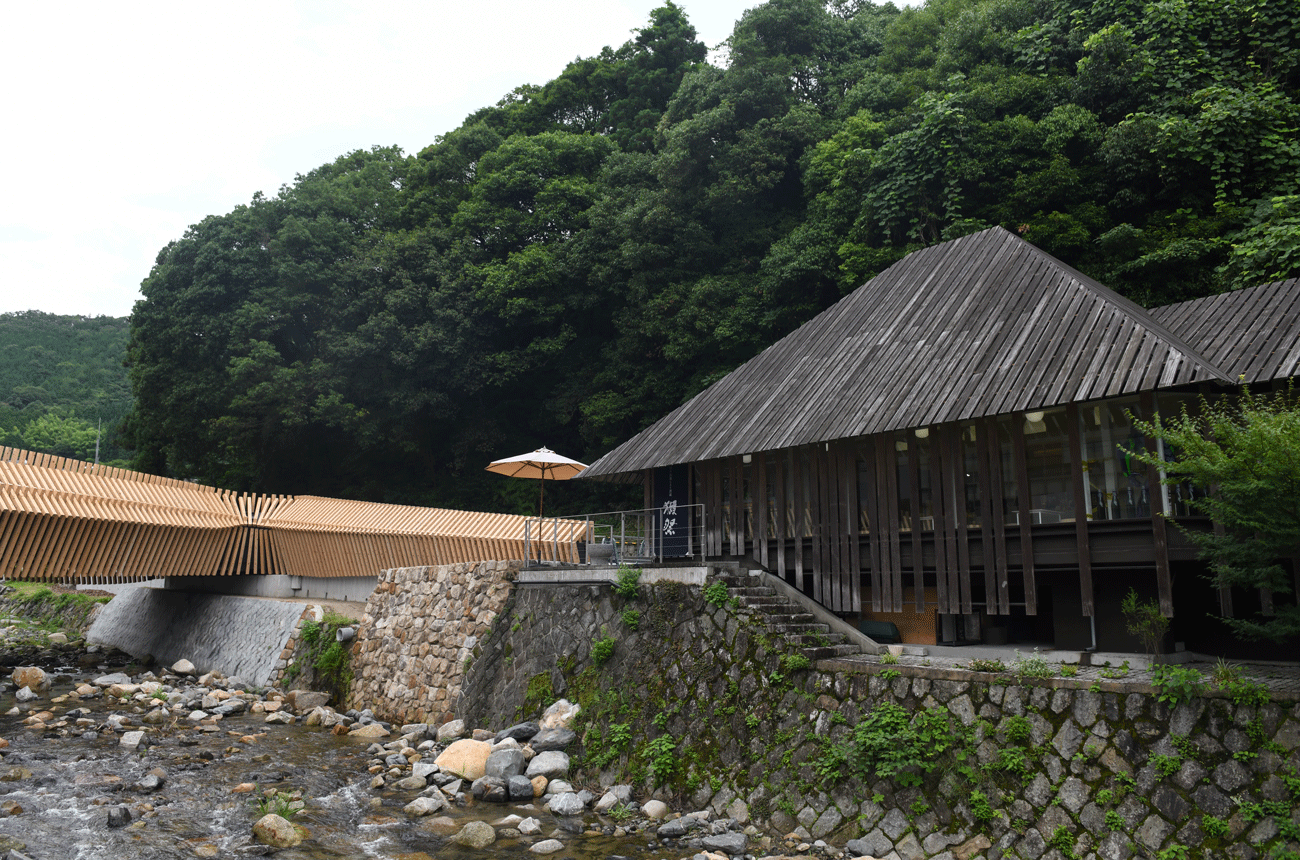
Japan’s famed Dassai brewery. Credit: Bloomberg / Getty Images
Japan’s betting on it
Dassai Blue, the American offshoot of Japan’s revered Dassai brewery, opened a facility in upstate New York, betting big on American production. For sake traditionalists, it was a seismic move.
‘It’s important to bring more awareness to domestic sake production, and having such a reputable brand as Dassai investing in local production should help illustrate that serious brewing is possible outside of Japan,’ says Padilla.
As a result, more producers are springing up every year. In San Francisco, Sequoia Sake utilises NorCal water and locally grown organic rice. In Virginia, North American Sake Brewery is housed alongside a ramen bar, and in Arizona, the namesake Arizona Sake is using desert conditions and wild-harvested Navajo tea to brew something rooted specifically in the state.
‘Don’t be scared’
Padilla says you don’t have to be precious or ceremonial about sake. ‘Don’t be scared, buy a magnum of sake, keep it on hand at home and sip it with everything you eat or pour it anytime you want to enjoy a drink,’ he says. ‘That’s how you will learn to live with sake.’
As rice takes on yet another veil of industry in the South, it will be key to note which culture it borrows from next. In the meantime, it’s a free-for-all, and that’s pretty American.
Unlike in Japan, where sake is tightly regulated and must adhere to strict rules on water, rice and additives, American brewers have more freedom. That’s both liberating and, as Bell puts it, ‘a little scary’.
‘There are no official US regulations on what sake can or can’t be yet,’ he says. ‘That means you can innovate, but it also means you need to self-regulate to maintain quality and authenticity. We’re constantly asking ourselves, are we respecting the tradition, are we appropriating it?’ he says. ‘It’s important that we get this right.’


